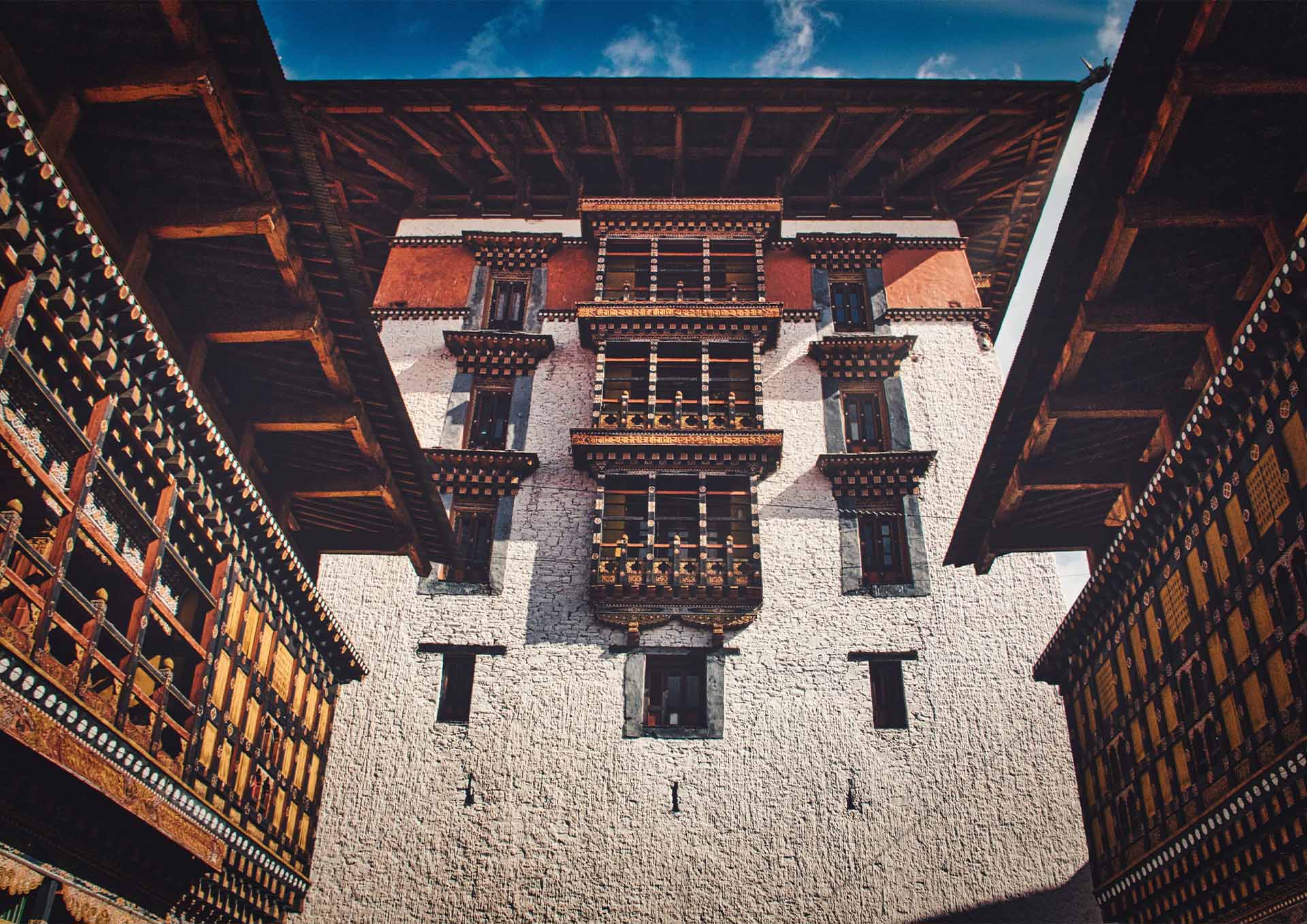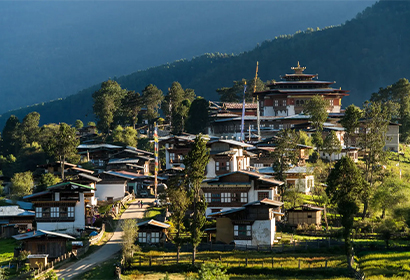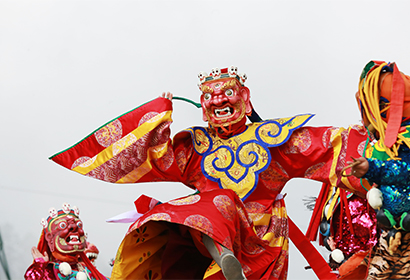Bhutan travel Info
Visa to Bhutan
The process for obtaining a Bhutanese visa may seem complex initially, but it follows a straightforward system once you comprehend it. Unlike most countries that issue visas from their embassies abroad and stamp them in your passport, Bhutan operates differently. Bhutanese embassies abroad cannot directly issue visas for visits to Bhutan. To secure a visa, you must apply in advance through a tour operator such as Book Bhutan Tour. Approval is granted once the full payment of your holiday, including a $40 visa fee, has been wire transferred and received in the bank account. The Immigration Department and Department of Tourism Bhutan (DoT) in Thimphu review these applications, granting visas for entry into Bhutan or for boarding Druk Air flights and Bhutan Airlines.
Upon arrival in the country, the actual visa is stamped on your passport, either at Paro airport or, if entering by road, at Phuentsholing. Details required for the visa application include your name, permanent address, occupation, nationality, Travel insurance, Passport size helf photograph, date and place of birth, passport number, valid for at least six months beyond your intended stay, as well as its date and place of issue, and date of expiration. Ensure that the information provided matches your passport details precisely. Any discrepancies upon arrival in Bhutan may cause delays and complications.
It’s important to note that except for visitors from India, Bangladesh, and the Maldives, all other visitors to Bhutan require an E-visa.
Indian, Bangladeshi, and Maldivian nationals can obtain a visa or entry permit at the port of entry by presenting a valid passport with a minimum of 6-month validity (Indian nationals may also use their Voter’s Identity Card (VIC)).
Bhutan Travel / Medical Insurance
The Royal Insurance Corporation of Bhutan has initiated a travel and medical plan solely for our visitors. Travel insurance can be provided through your Bhutanese tour operator or international partner. You may also visit the Royal Insurance Corporation of Bhutan website at www.ricb.com.bt for more information.
Bhutan Money
Bhutan’s currency is the Ngultrum (Nu.) It is at par with the Indian rupee which is widely accepted in the country.
In addition, POS (Point of Sale) services are available nationwide, meaning visitors can pay by credit card at most hotels and handicrafts stores.
Communication in Bhutan
The country has a good network of telecommunication facilities. Most hotels and cafes offer Wi-Fi internet access. Bhutan has a comprehensive mobile (cell) phone network with global roaming also accessible.
Weather and Climate of Bhutan
The climate in Bhutan is indeed diverse due to its varying altitudes and the influence of the north Indian monsoons. Here’s a revised version addressing some aspects:
Bhutan’s climate exhibits remarkable diversity owing to its extensive range in altitude and the impact of the north Indian monsoons.
Southern Bhutan experiences a hot, humid subtropical climate, which remains relatively constant throughout the year. Temperatures typically range between 15 to 30 degrees Celsius. Moving towards the central regions, the climate shifts to temperate zones with deciduous forests. Summers are warm while winters tend to be cool and dry. In the northern parts, especially in high-altitude areas, winters are notably cold with perpetual snow cover on mountain peaks, maintaining cooler temperatures even in summer due to the elevated terrain.
The Indian summer monsoon prevails from late June to late September, primarily affecting the southern border region of Bhutan. This period brings heavy rainfall and elevated humidity to the southern areas. A substantial proportion, around 60 to 90 percent, of the western region’s annual rainfall is attributed to these monsoons.
Annual precipitation levels vary significantly across different parts of the country. The northern border near Tibet receives approximately forty millimeters of precipitation yearly, predominantly in the form of snow. In the temperate central regions, the average annual precipitation is around 1,000 millimeters, while certain locations in the humid subtropical south register astonishingly high levels of up to 7,800 millimeters annually, fostering thick tropical forests or savannas.







